Climate and Ag in the news
-
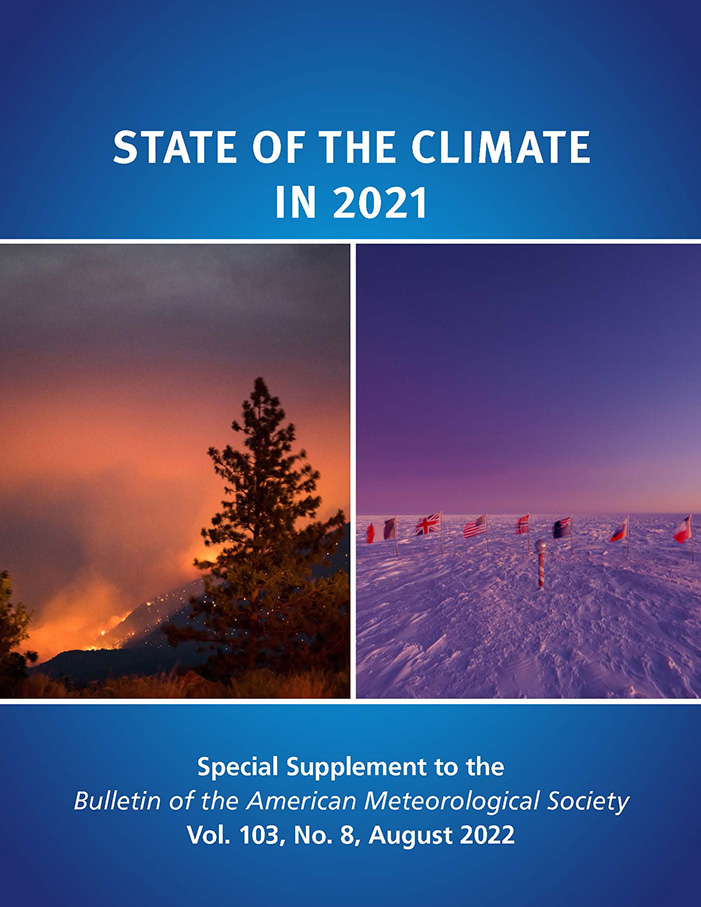
The new 2021 2021 State of the Climate report was released by NOAA today. It is the work of more than 530 scientists from 67 countries around the world and summarizes the climate and extreme weather of 2021. 2021 Highlights: State of the Climate The report’s climate indicators show patterns, changes and trends of the…
-
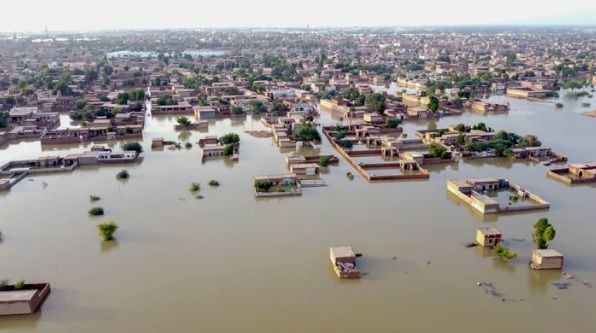
While our summer in the Southeast has had some dry conditions as well as some local floods, other parts of the world are experiencing much more extreme weather and climate. Here are a few stories I have seen lately. “…Dead From Scorching Sun”: China’s Farmers Long For Rain Amid Drought: Southern China has recorded its…
-
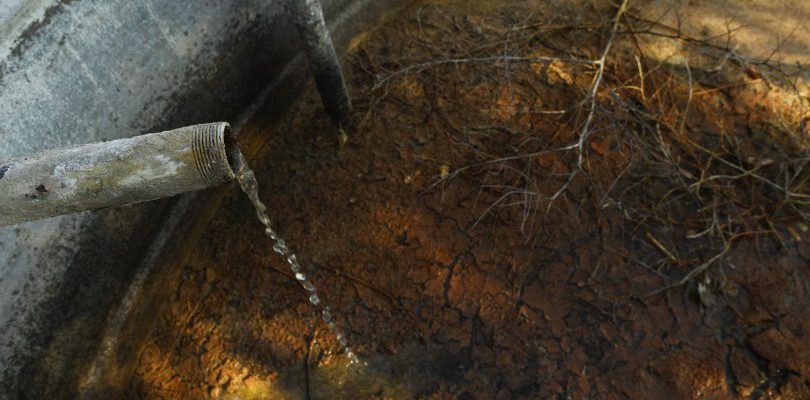
While we have had quite a bit of rainfall this summer across most of the Southeast, especially since the beginning of July, other parts of the country have not done nearly so well. This is taking a huge toll on farmers, especially those with smaller farms that are less resilient to lack of water because…
-

It’s been a remarkably quiet July and August this year, with no named tropical storms since the three that occurred early in the season. In fact, it’s one of the quietest tropical periods in the Atlantic basin since records began. But the models are starting to show a change in the pattern as the Saharan…
-

In past blog posts we have looked at extreme heat and how it is endangering farm workers and others who work outside. Earlier this week, Yahoo News posted a story about the toll that heat waves and very high temperatures are taking on delivery truck drivers, who have to go in and out of hot…
-
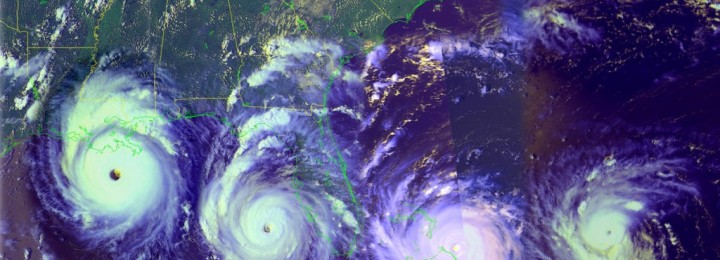
Those of you who are older might remember the terrible storm that hit Miami (and later, Louisiana) 30 years ago this week, Hurricane Andrew. There have been a lot of interesting retrospective stories in the news about it. Here is a NOAA story with several links to interviews with National Hurricane Center forecasters and others…
-
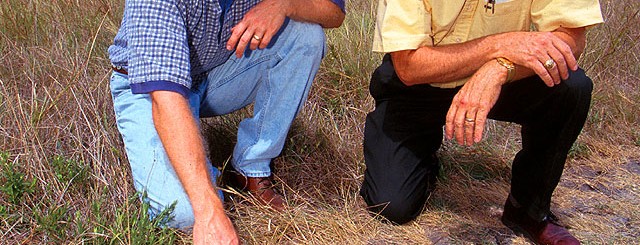
Here are a couple of new resources on flash drought from our friends at NIDIS (the National Integrated Drought Information System). The term “flash drought” was coined in the early 2000s to draw attention to the rapid onset or intensification of drought conditions, which can cause large, unexpected environmental and socioeconomic impacts. As a result,…